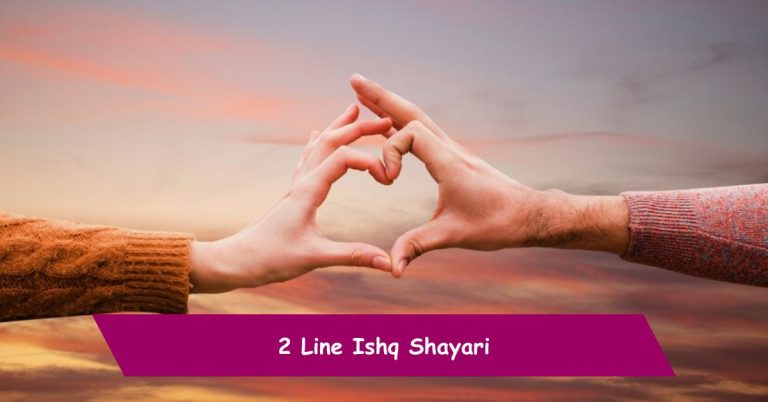Beyond Romance: Exploring the Power of ‘Dard Bhari Shayari’ (Poetry of Pain) and Its Cathartic Appeal
When one thinks of Shayari, the mind often drifts to romance. But some of its most profound and popular verses explore the opposite: pain. Why are we so drawn to the beautiful melancholy of Dard Bhari Shayari?
The Anatomy of ‘Dard’: More Than Just Sadness
Dard is the Urdu word and the meaning of it is pain but in the world of Shayari it is a universe of feeling. It is way beyond mere sadness. It is the refined sentiment of heart-break, desire, disillusion, philosophical melancholy and broken-hearted nobility. Although in real life we are not able to express these inner feelings with the proper language, since it sounds so clumsy and ineffective, Dard Bhari Shayari gives us a beautiful, rich and meaningful language. It does not attempt to heal the suffering or provide inexpensive relief. Instead it places the emotion under the microscope, under every angle it can get, and discovers the intense beauty in it. This endeavor to give dignity and high-fashion to suffering is very affirming. It conveys to the listener that the struggles that they feel are not to be embarrassed about, but that it is a profound, valuable aspect of humanity.
The Cathartic Release: Finding Beauty in Brokenness
The primary psychological power of this genre lies in catharsis. The concept, which dates back to the ancient Greeks, is simple: by experiencing a powerful emotion through art, we can achieve a state of emotional release and purification. When a poet articulates a feeling of heartbreak with perfect, devastating accuracy, the listener feels a powerful sense of recognition. The thought is, “Someone else has felt this exact same way.” This connection creates a powerful cathartic release. Humans have always sought out platforms for emotional engagement. To understand the mechanics of a modern interactive platform designed for a different kind of engagement, one can read more about its features. For the listener of Dard Bhari Shayari, however, the platform is the poem itself. It is a safe space to confront feelings of heartache, finding a strange comfort in the shared experience of a perfectly articulated sorrow. It’s a validation that even in pain, there is profound beauty.
The Language of Heartbreak: A Look at Common Metaphors and Symbols
Like any great artistic tradition, Dard Bhari Shayari has its own shared language of symbols and metaphors. These recurring images allow a poet to convey a world of meaning and emotion in just a couple of lines. A listener familiar with the genre instantly understands the weight of these symbols. Some of the most common include:
- The Candle and the Moth (Shama aur Parwana): Representing the beautiful, self-destructive nature of a passionate but doomed love.
- The Broken Glass/Mirror (Toota Hua Sheesha): A powerful symbol of a shattered heart or a broken relationship that can never be truly mended.
- The Empty Cup (Khaali Jaam): Signifying unfulfilled desire, loneliness, and the memory of a past intoxication that is now gone.
- The Unforgiving Night (Gham ki Raat): The long, lonely night as a metaphor for a period of deep sorrow and introspection.
This rich symbolic language is what makes the poetry so dense and powerful.
The Great Poets of Pain: From Ghalib to Modern Masters
The genre is alive and well today, but it is based on giants. One cannot talk about the poetry of pain without referring to the master, Mirza Ghalib. His literature in the 19 th century tended to deal with existential angst, unrequited love, and the intrinsic pain of a sensitive soul in a cruel world. Ghalib was a genius because he managed to fill his poems with a profound philosophical insight, and made heartbreak not only a personal catastrophe, but the way of understanding the whole human world. This trend of deriving deep and philosophical meaning out of sadness, was perpetuated by the other masters such as Faiz Ahmed Faiz and remains a dominant influence on contemporary poets and Bollywood lyricists. The vocabulary and the style has changed but the fundamental exploration of dard is also a classic and fundamental aspect of art form.
Why We Need Sad Songs: The Role of Melancholy in a Happy-Obsessed World
In a contemporary digital society where there is sometimes an unrelenting push of the message of toxic positivity-vibes only-sadness revering art has never been more significant. We are taught to always think positively, to deny ourselves negative emotions and to act a certain type of social smiling. Dard Bhari Shayari is a strong revolt against this pressure. It makes a place in which it is acceptable not to be okay. It serves as a reminder to us, that melancholy and longing and heartbreak are not defects of character; they are real and universal aspects of the human condition. It does not provide a solution, but consolation. It does not ask you to smile; it only gives you company in the silent night. By such means, the genre does not become depressing. It is a healthy, required counterpoint, and it gives our happy-frenzied world its emotional depth and sincerity.
Conclusion: The Universal Truth in a Shared Tear
Timelessness of Dard Bhari Shayari bears a deeper secret of human soul. We want an art that will show us the whole of our emotional world, not the sunlit uplifts. The pain poetry provides voice to the voiceless areas of our hearts. It provides the purifying effect of realizing that they are not the only people in grief. And it has an alien and rebellious beauty to the very breaking of itself. It reminds us that we are only as able to experience profound pain as we are able to experience profound love. Through situating us within the same human experience, the genre can cross language and timebound barriers and show that behind a perfectly conveyed tear, there is some universal and immensely comforting truth.






